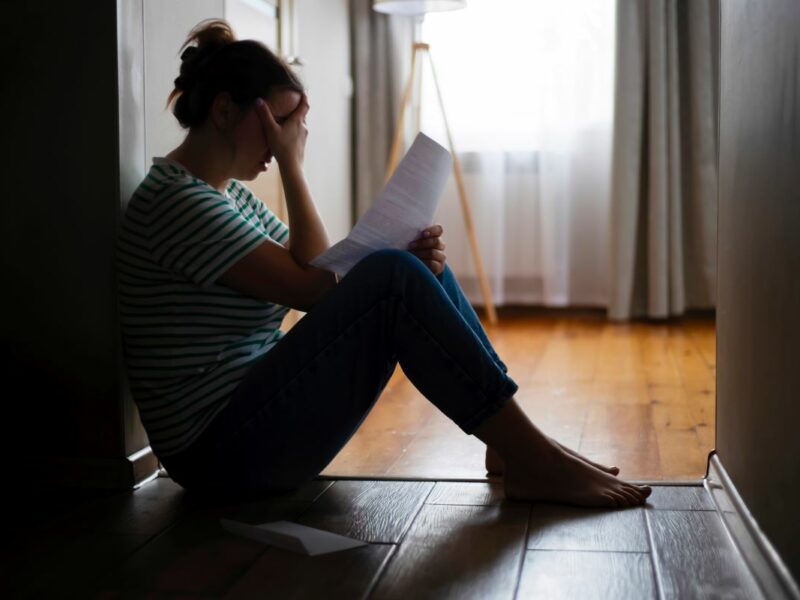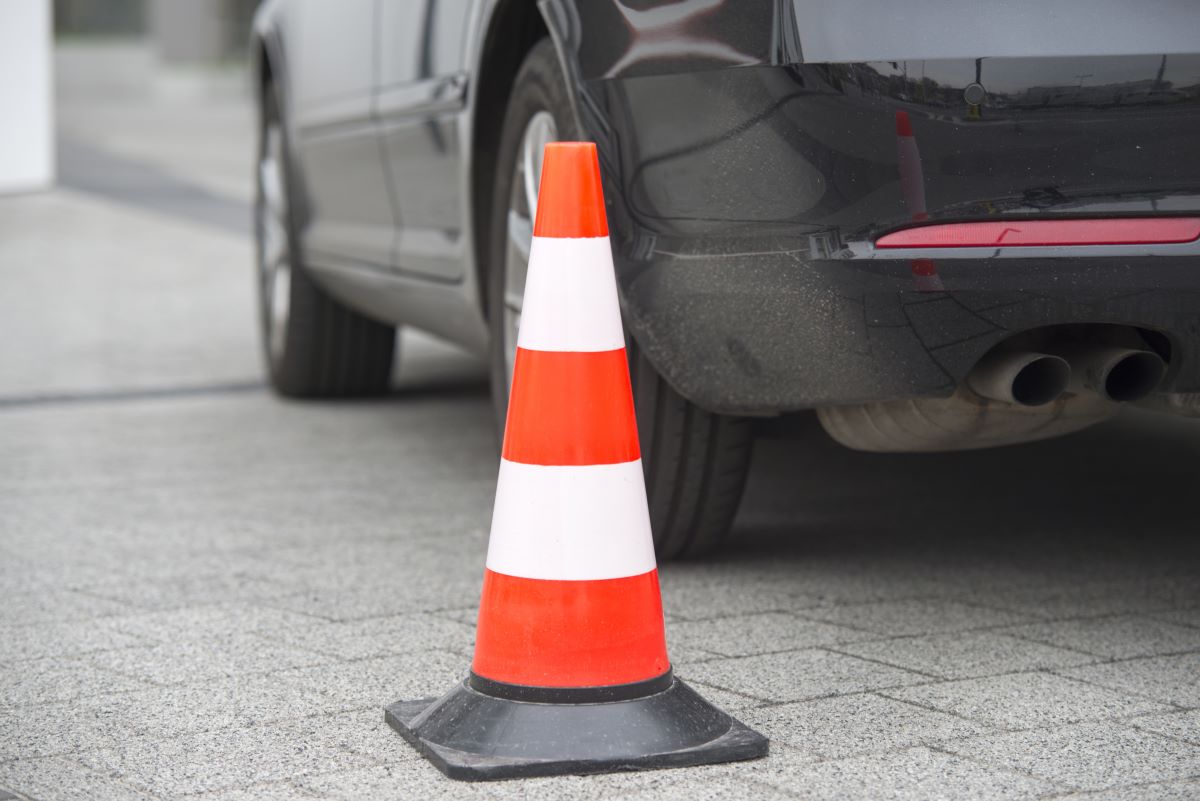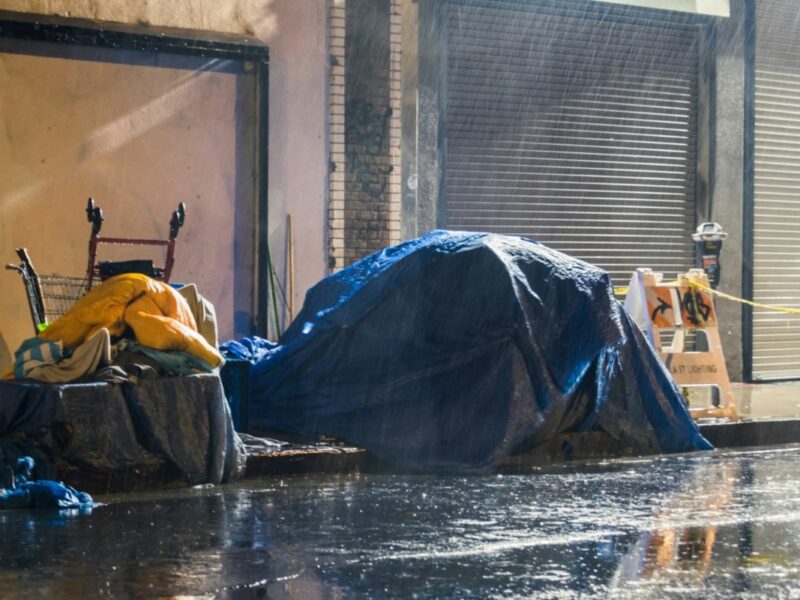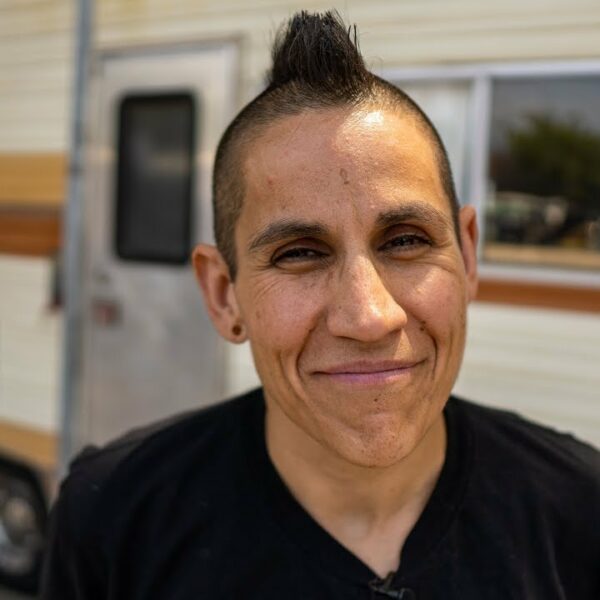Cities across America are turning to alternative shelter models like Safe Outdoor Space and Safe Parking Spaces at a time when the number of people experiencing unsheltered homelessness is rising rapidly.
Safe Outdoor Spaces and Safe Parking Spaces refer to sanctioned areas that allow people experiencing homelessness to rest without fear of retaliation. Safe Outdoor Spaces are city-approved campsites where residents are also connected with services like job placement, benefits enrollment, or case management. Safe Parking Spaces are areas where people who live in their cars can park overnight without being towed and access services.
Cities ranging from Boulder, Colorado, to Minneapolis, Minnesota, have plans to launch one or more alternative shelter models within the coming months. These efforts are happening at a time when the latest Point in Time Count data shows the number of people experiencing unsheltered homelessness across the country grew by roughly 10% year-over-year to more than 256,000 in 2023.
“While the tents are in imperfect shelter, they’re still an important part of the alternative shelter model ecosystem, at least for now,” DeDe de Percin told Invisible People in an email. de Percin is the chief executive of the Colorado Village Collaborative, a nonprofit that operates multiple alternative shelter sites in the metro Denver area.
Alternative shelter models like Safe Outdoor Spaces and Safe Parking Spaces emerged during the pandemic as a way for cities to provide temporary shelter for people experiencing homelessness and connect them with necessary services.
There are also several reasons why a person experiencing homelessness may prefer an alternative shelter to a more traditional one. For instance, traditional shelters have a history of being both dirty and violent places. Many shelters also do not cater to families with children or households with pets and often force these groups to split up to receive shelter. Traditional shelters are also notoriously unsafe for people who identify as transgender or gender non-binary.
The Colorado Village Collaborative operates three Safe Outdoor Space sites in metro Denver, which can house up to 120 people, de Percin said. The organization is also working with Mayor Mike Johnston to support his House1000 initiative, which seeks to connect 1,000 people experiencing homelessness with temporary shelter by the end of 2024.
de Percin said getting initial approvals to operate the alternative shelter sites was challenging. The organization faced pushback from former Mayor Michael Hancock and Denver’s zoning board, which needed to approve a zoning exception before Colorado Village Collaborative could open its first site.
One of the main criticisms that Colorado Village Collaborative heard from the community about its alternative shelter model was about public safety. Some people in the community thought the Safe Outdoor Spaces and Safe Parking Spaces would increase crime in the neighborhoods where the sites are located.
However, a report from The Colorado Sun found that crime rates decreased in the neighborhoods where the alternative shelters are located, which helped fuel the model’s expansion locally.
Similar complaints have been lodged against the proposed Safe Outdoor Space in Minneapolis, local news station Fox 9 reported. But the three city council members who support opening the alternative shelter model say that it would “restore the dignity of the unhoused residents across the city” by giving them a safe place to go without fear of being swept or contacted by the police.
“I’m excited for us to take action so we can change the city’s current practice of sweeping encampments, lacking a standard operating procedure that is codified, having accountability and transparency, and transform it into something where we are working towards reducing homelessness,” Minneapolis City Council member Aurin Chowdhury told Fox 9.
Boulder, Colorado, is also considering opening at least one Safe Outdoor Space for the nearly 170 people experiencing homelessness in the city. The site would operate similarly to those already in place in places like Portland, Oregon, and Santa Cruz, California, according to a memo shared with the city council in early January.
“The outcomes heavily depend on the services that are provided on-site, as well as the exit resources that are available in the community,” Boulder homeless services advisor Megan Newton said. “If you tie services there and then help folks to exit because you’re increasing exit services, they can be relatively successful.”
There is still one issue that alternative shelter sites need to overcome, de Percin said.
The U.S. Department of Housing and Urban Development considers people living at alternative shelter sites “unsheltered” because they live in places “not fit for human habitation,” like cars and tents. However, the term “unsheltered” does not accurately describe the shelter model because residents receive services and care far beyond what they would receive at a more traditional shelter, according to de Percin.
There doesn’t seem to be much wiggle room in HUD’s definition of “unsheltered” to account for alternative shelter models either, de Percin added.
“The HUD definition is understandable, if frustrating because it doesn’t and couldn’t have anticipated the type of alternative shelter models that have rapidly developed, especially in response to COVID,” de Percin said. “Someone living on the street in a tent is not having the same unsheltered experience as someone at an SOS site – individualized, insulated tent, insulated platform, with electricity, heating, cooling, and storage, along with a range of services, supports, and safety.”
How You Can Help
Now is not the time to be silent about homelessness. Homelessness is increasing rapidly, and service providers are struggling to keep up with the growing needs of the unhoused population.
Contact your legislators and tell them it’s time for a comprehensive federal approach to solving homelessness. It’s time to address this issue and embrace innovative solutions.












